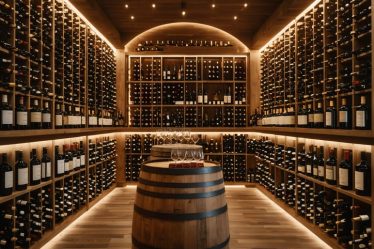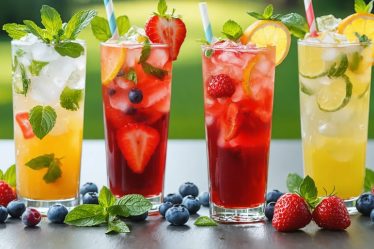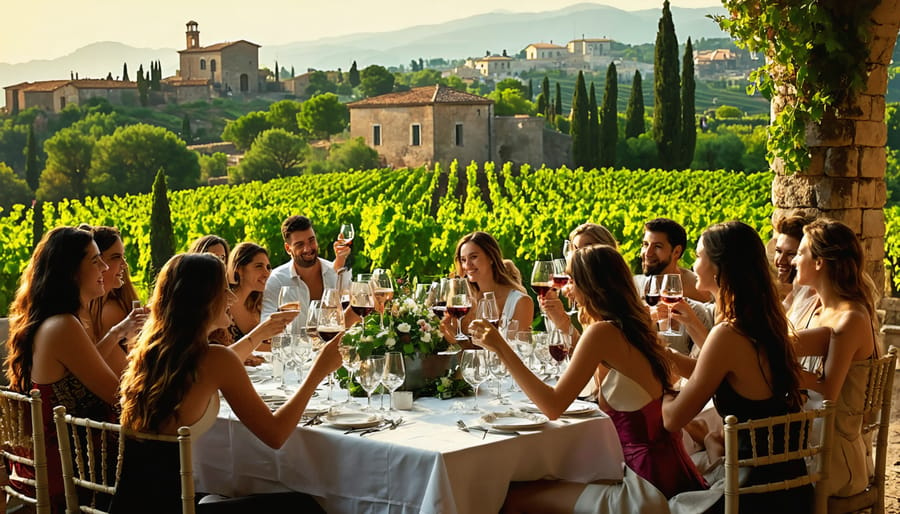
Wine doesn’t just fill our glasses – it tells the story of human civilization, weaving through centuries of cultural evolution, celebration, and connection. From ancient Mesopotamian temples to modern-day dinner parties, wine has transcended its role as a mere beverage to become a powerful symbol of sophistication, community, and life’s cherished moments.
Throughout history, wine has shaped social customs, religious ceremonies, and artistic expression across continents. The Romans spread viticulture throughout Europe, establishing many of today’s renowned wine regions. Medieval monks preserved winemaking techniques during Europe’s darkest hours, while Renaissance artists immortalized wine’s cultural significance in their masterpieces.
Today, wine continues to bring people together, creating spaces for meaningful conversation and shared experiences. Whether it’s a casual Friday night with friends or a milestone celebration, wine ceremonies – from the gentle swirl and sniff to the thoughtful tasting notes – have become modern rituals that connect us to centuries of human tradition.
As we raise our glasses in the 21st century, we’re not just drinking wine; we’re participating in a living cultural legacy that bridges past and present, turning everyday moments into opportunities for connection, learning, and joy. This ancient beverage remains a testament to human creativity and our enduring desire to celebrate life’s precious moments together.
From Ancient Rituals to Modern Dinner Tables
Sacred Beginnings
Picture yourself in an ancient temple, where the sweet aroma of wine mingles with incense and the sound of sacred chants. Wine’s sacred journey through human history is a testament to its profound spiritual significance across civilizations.
From the earliest recorded times, wine has been more than just a beverage – it’s been a bridge between the earthly and divine. In ancient Egypt, wine offerings were believed to please the gods, while in Greek mythology, Dionysus himself embodied the transformative power of the grape. The Romans continued this tradition, incorporating wine into their religious ceremonies and spreading these practices throughout their vast empire.
Perhaps most famously, wine holds a central place in Judeo-Christian traditions. From the wedding at Cana to the Last Supper, wine symbolizes transformation and divine presence. Even today, many of us feel that special reverence when raising a glass in celebration or remembrance.
I’m always moved by how these ancient traditions echo in our modern gatherings. Whether it’s a wedding toast or a holiday celebration, wine continues to mark our most meaningful moments. It reminds us that some traditions, though evolved, remain as powerful and connecting as they were thousands of years ago.
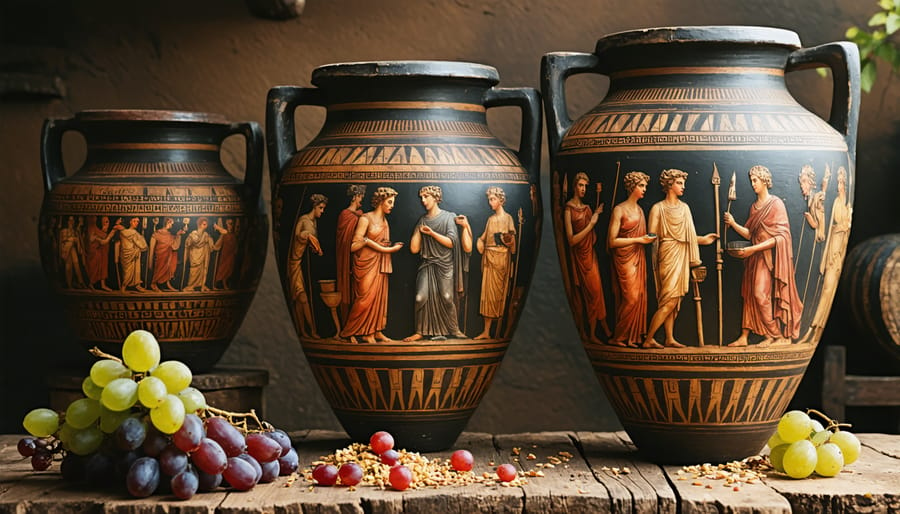
The Social Evolution
Wine’s journey from sacred chalice to social centerpiece is a fascinating reflection of how human society has evolved. The cultural significance of wine has transformed dramatically over centuries, shifting from purely ceremonial purposes to becoming the heart of social gatherings.
I remember attending my first wine tasting event, where our host shared how ancient civilizations viewed wine as a divine gift, reserved for religious ceremonies and royal festivities. Today, we’re more likely to uncork a bottle while catching up with friends over dinner or celebrating life’s little victories.
This evolution mirrors our changing social dynamics. What was once exclusive to temples and palaces now brings people together in homes, restaurants, and social clubs worldwide. Wine has become a universal language of hospitality and connection, transcending cultural boundaries and social classes.
Modern wine culture embraces inclusivity and exploration. Whether you’re sharing a glass with colleagues after work or hosting a casual weekend gathering, wine adds a touch of sophistication without the stuffiness of its historical roots. It’s beautiful how this ancient beverage has adapted to our contemporary need for authentic social connections while maintaining its ability to mark special moments in our lives.
As we raise our glasses today, we’re not just participating in a social ritual – we’re continuing a tradition that has evolved alongside human civilization, making it uniquely our own.
Wine’s Influence on Art and Literature
Painted Pleasures
From the sun-drenched vineyards in Van Gogh’s vibrant landscapes to the intimate dinner scenes of Dutch Golden Age painters, wine has forever captivated artists’ imaginations. Walking through any major art museum, you’ll notice how wine bottles and glasses appear as both central figures and subtle background elements, telling stories of celebration, spirituality, and daily life.
I’m always moved by how Renaissance masters used wine symbolism in their religious paintings, where the deep crimson liquid often represented divine transformation. In more secular works, like Caravaggio’s “Bacchus,” wine embodies earthly pleasures and youth’s vitality. These paintings don’t just show wine; they capture entire moments in time – the sparkle of crystal glasses, the warm glow of candlelit gatherings, and the joy of shared company.
Modern artists continue this love affair with wine in fascinating ways. Contemporary gallery walls showcase abstract interpretations of wine’s flowing forms and bold colors. Some artists even use wine as their medium, creating unique pieces by allowing different varieties to stain their canvases in surprising patterns.
What I find particularly touching is how these artistic interpretations mirror our own experiences with wine today. Whether it’s a quiet evening with a glass of red and your sketchbook, or a lively painting party where wine fuels creativity, art and wine continue their centuries-old dance of inspiration.
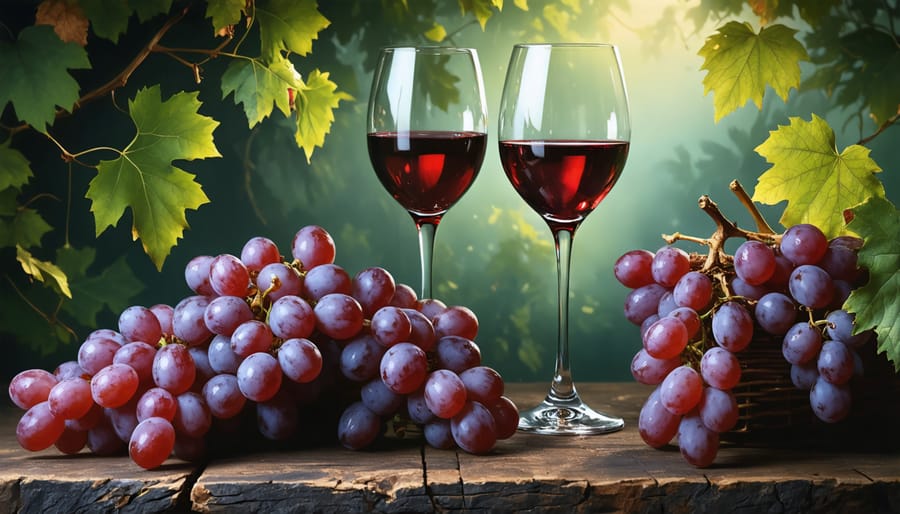
Literary Love Affairs
From the sun-drenched vineyards of Italy to the misty hills of France, wine has long been a muse for some of history’s most celebrated writers. Ernest Hemingway famously declared that “wine is one of the most civilized things in the world,” weaving bottles of rich reds throughout his stories of love and adventure. His characters often found clarity and courage at the bottom of a wine glass, much like many of us do during heart-to-heart conversations with friends.
The romantic poet Lord Byron was known to compose verses while sipping port, claiming it helped his creativity flow as freely as the wine itself. Even Shakespeare couldn’t resist incorporating wine into his works, with Falstaff’s memorable line “If I had a thousand sons, the first humane principle I would teach them should be, to forswear thin potations and to addict themselves to sack [wine].”
Modern writers continue this literary love affair with wine. Maya Angelou praised it as “liquid music,” while Chilean author Isabel Allende devoted an entire book to exploring her passion for wine, comparing it to “poetry in a bottle.” These literary giants remind us that wine isn’t just a beverage – it’s a storyteller, a memory keeper, and sometimes, the perfect writing companion.
Whether you’re curling up with a good book and a glass of your favorite red, or finding inspiration for your own creative endeavors, remember you’re part of a grand tradition of writers who found magic in the marriage of words and wine.
Modern Wine Culture
The Art of Wine Sharing
In today’s social landscape, sharing wine has evolved into a beautiful art form that brings people together in meaningful ways. Whether you’re hosting an intimate dinner party or organizing wine and cheese gatherings, understanding modern wine etiquette can transform any occasion into a memorable experience.
I remember my first time hosting a wine tasting evening – I was so nervous about serving everything correctly! But I’ve learned that today’s wine culture is less about rigid rules and more about creating genuine connections. The key is to focus on making your guests feel comfortable while respecting a few thoughtful customs.
When bringing wine to a gathering, consider it a gift rather than expecting it to be opened that evening. This gives your host flexibility in their beverage planning. As a host, acknowledge the gesture graciously, regardless of whether you serve it that night. If you’re serving multiple wines, the general flow moves from light to bold, though there’s no need to be strict about it if your guests prefer otherwise.
Temperature matters more than many realize. Keep your reds slightly cool (around 65°F) rather than room temperature, and don’t over-chill your whites – about 45 minutes in the refrigerator is usually perfect. Having proper stemware is lovely but not essential; what matters most is ensuring everyone has a clean, clear glass that allows them to appreciate the wine’s characteristics.
The beauty of modern wine sharing lies in its inclusivity. Gone are the days of wine snobbery; today’s culture celebrates curiosity and personal taste preferences. Whether someone prefers their red wine slightly chilled or enjoys rosé year-round, the focus is on creating a welcoming atmosphere where everyone feels comfortable expressing their preferences and learning from each other.
Remember, the most important aspect of wine sharing is the connection it facilitates. Let the wine be a conversation starter, a reason to gather, and a way to create lasting memories with friends and loved ones.
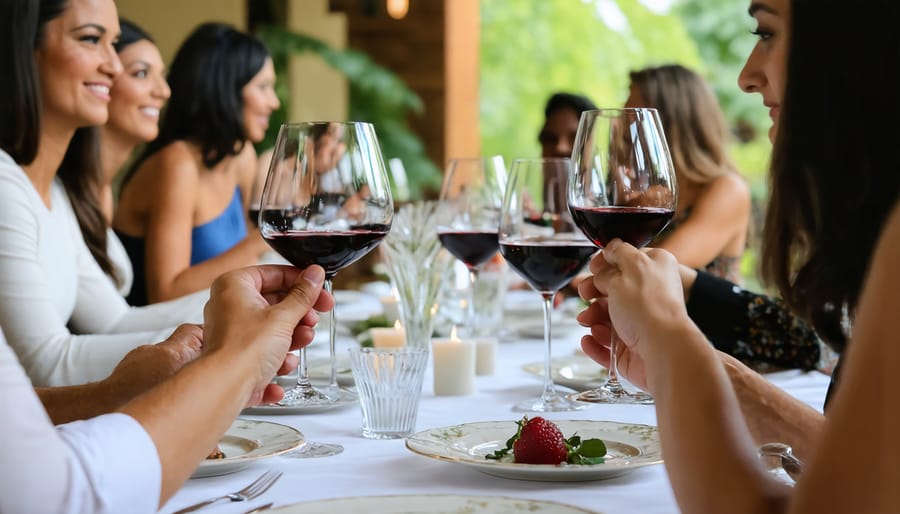
Personal Connection
In our fast-paced modern world, wine continues to weave its magic through our most treasured moments, creating connections that transcend the ordinary. Whether it’s a girls’ night in, where conversations flow as freely as the rosé, or a milestone celebration marked by the pop of champagne, wine has a unique way of turning everyday gatherings into memorable occasions.
I remember hosting my first dinner party, nervously selecting a bottle of Cabernet Sauvignon that I hoped would impress my guests. As the evening progressed, I noticed how the shared experience of tasting and discussing the wine naturally brought everyone closer, sparking stories and laughter that lasted well into the night. It’s these intimate moments that remind us how wine isn’t just a beverage – it’s a social catalyst that helps us slow down and truly connect.
Today, wine continues to mark our important life chapters: the first date where sharing a bottle helps ease nervous jitters, the wedding toast that symbolizes new beginnings, or the quiet evening at home where a glass of wine becomes a ritual of self-care and reflection. Even in our digital age, there’s something wonderfully analog about gathering around a bottle of wine, putting away our phones, and engaging in real, meaningful conversation.
Wine also helps us create new traditions. Monthly wine clubs with friends, virtual tastings that connect us across distances, or seasonal wine pairings that celebrate the changing years – these modern rituals add richness to our lives while honoring wine’s timeless ability to bring people together.
Cultural Understanding Through Wine
Wine has a remarkable way of bringing people together, transcending language barriers and cultural differences. As you explore diverse wine cultures worldwide, you’ll discover that sharing a glass often serves as a universal gesture of friendship and hospitality.
I remember hosting a dinner party where my guests included friends from France, Italy, and Argentina. What started as slightly awkward small talk transformed into animated conversations once we began sharing wines from each person’s home country. Each bottle uncorked wasn’t just a beverage – it was a story of tradition, family celebrations, and cultural identity.
Wine appreciation teaches us to be curious and open-minded. When you learn about why the Greeks always toast with “Yamas!” or why the Spanish consider it essential to never pour your own wine, you’re gaining insights into centuries-old customs and social values. These small details help us understand and connect with different cultures on a deeper level.
More than just etiquette, wine rituals reveal how different societies approach life’s pleasures and social connections. For instance, the Italian tradition of ‘aperitivo’ isn’t just about drinking wine – it’s about slowing down, enjoying company, and transitioning mindfully from work to relaxation. Similarly, the French concept of ‘terroir’ teaches us about respecting and understanding the unique characteristics of a place and its influence on what we create.
By embracing these varied approaches to wine, we open ourselves to new perspectives and ways of living, making our own lives richer and more connected to the global community.
As we raise our glasses in celebration, share stories over dinner, or gift a cherished bottle to a friend, we’re participating in a tradition that spans millennia. Wine has proven itself to be more than just a beverage – it’s a thread that weaves through the fabric of human connection, bringing people together across cultures and generations.
In our fast-paced modern world, wine continues to evolve while maintaining its timeless appeal. Whether it’s the rise of women winemakers reshaping the industry, the growing interest in sustainable and organic practices, or the emergence of new wine regions around the globe, wine culture remains dynamic and relevant.
What makes wine truly special is its ability to adapt while preserving its core essence. From ancient ceremonies to modern wine clubs and virtual tastings, it creates spaces for connection, celebration, and community. As we embrace new ways of experiencing wine – through food pairings, travel experiences, or simply unwinding after a busy day – we’re adding our own chapter to its rich cultural story.
Looking ahead, wine’s role in our lives shows no signs of diminishing. Instead, it continues to bridge traditions with contemporary lifestyle, helping us slow down, appreciate the moment, and connect with others in meaningful ways. After all, every bottle opened carries within it not just the fruit of the vine, but thousands of years of human culture, creativity, and celebration.

